The Spiel des Jahres through the years
Sky Team took home the big prize in 2024. How does it fit in larger patterns in the award's history?
With the Spiel des Jahres winner being announced earlier this week — Sky Team, take a bow! — I thought I’d spend today’s newsletter going through some of the winners over the award’s history. Which games have languished on shelves, and which are still going strong? If we go through the years, what trends have emerged?
The early years: 1979–1993
The first Spiel des Jahres was awarded in 1979 to Hare & Tortoise, which is widely considered a classic — but despite that status, it’s not in print. Is that a trend we’ll see among the early award-winners?
1979: Hare & Tortoise — the last English printing was in 2010, though you can find vintage copies of the game without any trouble
1980: Rummikub, which remains widely available and is a take on the classic card game family, Rummy
1981: Focus, a Sid Sackson title I must admit to not having played, but it’s an abstract strategy game that looks like a good time
1982: Enchanted Forest, which looks a bit like Memory and Candyland have merged and met in the woods
1983: Scotland Yard, a classic hidden movement game that inspired a fair few games in its mold
1984: Dampfross, which has somehow never seen publication in North America
1985: Sherlock Holmes Consulting Detective — ah, here we are. A game I know and love. SHCD is a classic detective game, and it holds up remarkably well.
1986: Heimlich & Co., also published as Detective & Co, Top Secret Spies, Under Cover and more. This looks fine, I guess? Interestingly, it was designed by Wolfgang Kramer — a name that will come back up in short order
1987: Auf Achse, which still has some of that typical roll-and-move play you can generally expect from this era. Also designed by Wolfgang Kramer, who is still, to this day, designed game after game after game. Surprisingly, this is another game without a North American release.
1988: Barbarossa, Klaus Teuber’s very first published game. You can still find a copy of this, but it’s not widely published in English these days.
1989: Café International, a pattern-building game.
1990: Hoity Toity, another from Klaus Teuber. This one was last published in 2004.
1991: Wacky Wacky West — Klaus Teuber really had a knack for winning the prize, and we’re not even to Settlers of Catan yet.
1992: Um Reifenbreite, a racing game that almost seems like a progenitor of the excellent Flamme Rouge. This was never published in North America.
1993: Perudo — so, this is interesting, as Perudo is a variant of Liar’s Dice, a game that’s been around for hundreds of years.
That first 14 years of the Spiel des Jahres has three real classics, a few games that never went much further than home, and several games that had success but have since fizzled out. It is tempting to read this as the games simply not being as good as the games we have now, and I do believe there’s an element of truth to that sentiment. But like any hobby, trends emerge and change, and board games are no exception. None of these games bear much resemblance to the modern board games we play today, though we do see some inklings of what’s to come.
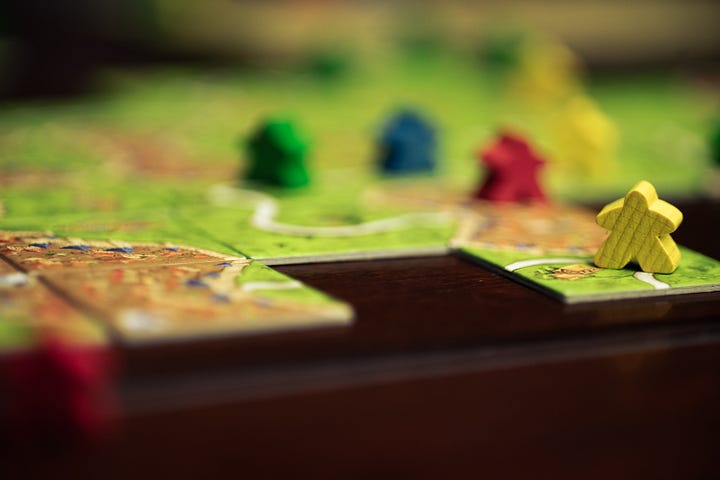
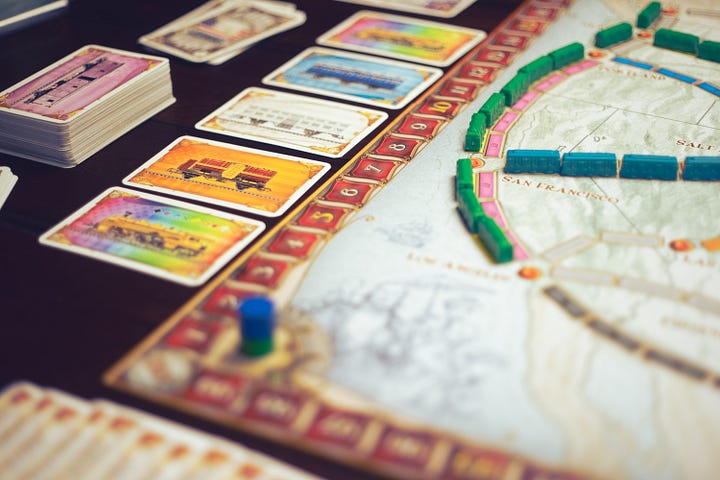
Coming of age: 1994–2004
If the first era of the Spiel des Jahres saw the hobby in its nascent age, this is the era that saw incredible, timeless designs start to shift the trajectory of the hobby more permanently. You will see games you recognize here.
1994: Manhattan — there’s an interesting thing about researching these nearly-forgotten games, and that’s you often run into Tom Vasel’s written reviews long before The Dice Tower was a widely recognized name in the hobby. His take: “Manhattan is the perfect game to show people, when you want to prove to them that games without dice can be fun.”
1995: Settlers of Catan — You know Catan. It’s a household name. (I think?) This is one of the most influential games of this era, and you cannot deny the impact it had on the entire industry. This was Klaus Teuber’s last win.
1996: El Grande — Wolfgang Kramer has reappeared, this time with another designer sharing the credit. This is a classic in its own right, and it’s been consistently republished.
1997: Mississippi Queen — honestly, I’ve never played this one. It’s very out of print. You can still find a copy pretty easily.
1998: Elfenland, designed by Alan R. Moon, was the designer’s first success by his own accounting (his short autobiography on Board Game Geek is worth a read). It’s still obtainable, but it doesn’t have the same sway as his later efforts.
1999: Tikal — It’s Wolfgang Kramer again, but this time, he’s with Michael Kiesling. The two would go on to design some big successes together. Kiesling’s name appears later, too.
2000: Torres — Kramer and Kiesling again! These games aren’t heavy, but they’re also not light. There seems to be a change in the winds.
2001: Carcassonne — Ah, one of the best games designed. I love Carcassonne. Klaus-Jürgen Wrede’s win here is well-deserved. This is timeless.
2002: Villa Paletti — a dexterity game winning gaming’s most coveted prize? Apparently so!
2003: Alhambra — perhaps not quite the runaway success of some titles of this era, but this is still well-regarded and still available.
2004: Ticket to Ride. Timeless. This feels to me rather like the end of this coming-of-age and a step into maturity as a hobby. Alan R. Moon’s classic is still a best-seller.
Sustained growth, few runaway hits: 2005–2015
This era has some hits, but it has a few games that missed finding a lasting audience, too. The balance is certainly shifted toward lasting games, but not everything here fulfills that in the way you might think. I don’t think this is a case of it simply having not been long enough, either. We’ll talk about the games and then discuss more afterward.
2005: Niagara is still easy to find, though I have yet to play it. (Board Game Arena will save me!)
2006: Thurn and Taxis is a game I once bought used at my local game shop, and I played a bunch of times with friends. Strangely, it hasn’t been reprinted in English since its year of release.
2007: Zooloretto also is one I’ve somehow never played. Whoops. I’ll play it, I promise! Despite my faults, this game has had continued success, if not breakthrough success like some others.
2008: Keltis is Reiner Knizia’s only SdJ win. It’s sort of an expanded take on Lost Cities, which I adore.
2009: Dominion basically launched a genre of games, deck-building, that transcends board games. Slay the Spire, which pushed deck-building into relatively mainstream video gaming, owes much to Dominion. This is the first of Donald X. Vaccarino’s two wins.
2010: Dixit was a novel take on family gaming, and the art remains absolutely lovely. The box might be a bit big for what it is, but that’s a minor complaint.
A note before we move on here — 2011 is the first year the Kennerspiel des Jahres was instituted. I’ll save more discussion of those games for another day, but the basic premise is this: The Kennerspiel is for “expert” or “connoisseur” board games, and the Spiel is more geared toward families.
2011: Qwirkle is the first SdJ-winning game solely designed by a woman, Susan McKinley Ross. It’s a well-regarded abstract.
2012: Kingdom Builder is Vaccarino’s second SdJ win, and while it didn’t have the same impact, I still think it’s a very cool game. I wrote about it a while ago!
2013: Hanabi is a curious pick. It has perhaps not had quite the same staying power as some others in this period, but it’s a novel concept and easy to pick up. Playing without knowledge of the cards in your hand is tricky, though.
2014: Camel Up is such a cool camel-race-betting game. It’s a great family game — somebody’s unwise risk might pay off big time.
2015: Colt Express is a neat programming game, but it feels a bit more like a Keltis or Thurn and Taxis than a Camel Up, Dominion or Dixit. Hmm.
This really is a curious period for me. 2013 through 2015 feel a bit different in selection, and I’m not entirely sure why. If anything, Keltis, Zooloretto, Niagara and Thurn and Taxis are reminders that the Spiel des Jahres is not a guarantor of major long-term success.
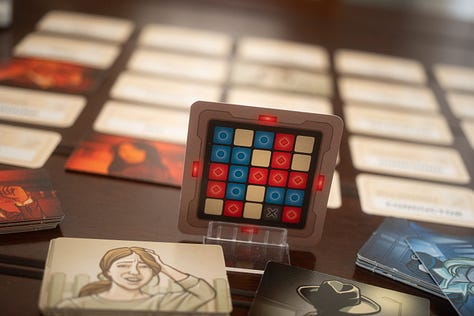
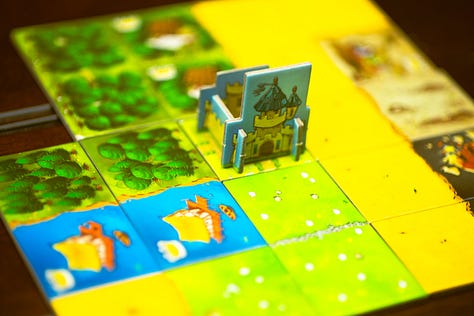

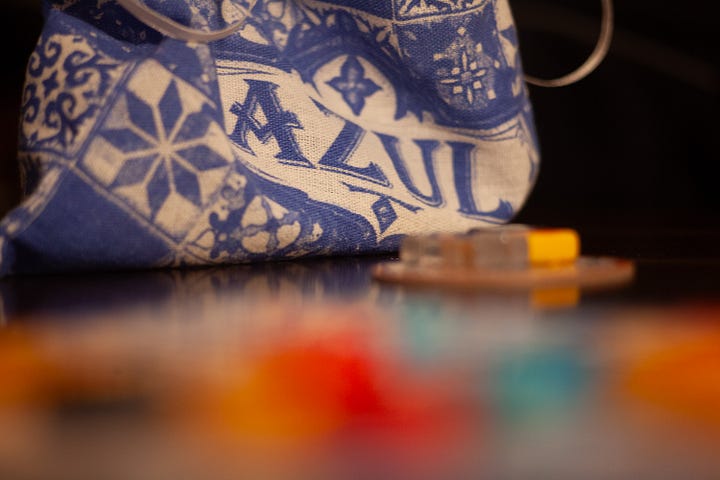
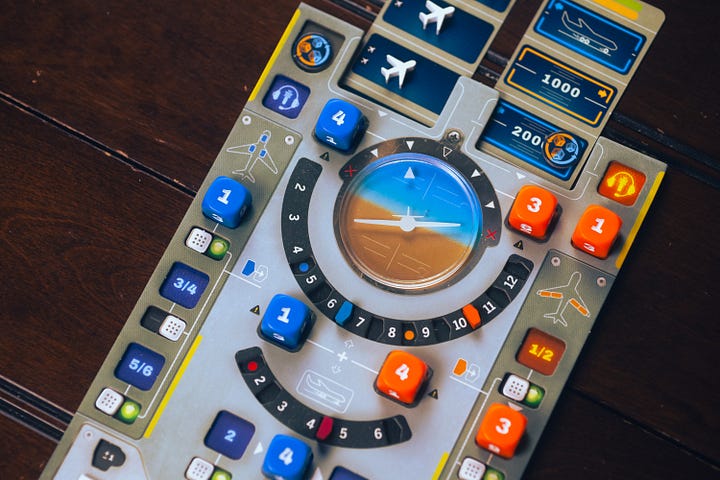
2016 to 2024: The modern era
It’s going to be a while before we can really, truly evaluate these games against the tides of time, but I think we see some clear trends emerging. The Spiel des Jahres is firmly rooted now in games for families — at least, that’s the assumption, and 2024 might have us rethinking that slightly.
2016: Codenames has been such a massive runaway success. Can you believe it’s been nearly a decade since its release? Oof.
2017: Kingdomino, a simple tile-laying game with a nice scoring twist, is very family-friendly (so long as your children are old enough not to eat the pieces. And maybe to learn the rules. Really, don’t let them eat the tiles or the meeples.)
2018: Azul is among the best-selling modern board games, and it’s hard to imagine it going away any time soon. Its sequels, maybe — they’re nice, but they’re not as tight. This is Michael Kiesling’s reappearance on the list, having been absent for 18 years after a win for Torres alongside Wolfgang Kramer.
2019: Just One is a nice enough cooperative party game, and I really quite like it, but it’s a surprising pick for the prize.
2020: Pictures is one I still haven’t played, but I’m curious about it. Alongside Codenames and Just One, it feels like party games — or at least games that are lighter and crafted with mixed skill level groups in mind — have really come to the fore with the prize.
2021: MicroMacro: Crime City is a wild pick for the prize. This modern era really has me scratching my head. I love this game, but it’s basically a giant Where’s Waldo map with mysteries. I do love it! Still. Interesting, isn’t it?
2022: Cascadia feels like it would have been a Kennerspiel pick in previous years. See, I think we’re in a really interesting leveling out period here, with party games and strategy games under basically equal consideration.
2023: Dorfromantik: The Board Game. This is the first time a video game adaptation has won the prize. I think that’s very interesting and might point to some larger trends of cross-pollination between the two media forms.
2024: Sky Team is such a wildly cool game — I’ve written about it a fair amount in this here newsletter — but a two-player game making the top pick is a first. Unprecedented is a fair descriptor. I’m left wondering how this selection will look in 10 years. (I can probably play it with my son in 10 years, too. That’ll be nice! I wonder if we’ll all live in the singularity by then.)
Well! Here we are again. We’re venturing awfully close to 500 of you subscribed to this newsletter, a fact I can’t help but be awed by. I can’t overstate how much I appreciate your being here. If you read to the end, reply to this email or send me a DM on Substack with your address and I’ll send you a Don’t Eat the Meeples sticker once we hit 500. (I don’t have enough for all of you. I’m sorry.)
We’ll chat again next week. About what, I’m not yet sure. I need to get back to a schedule. Thanks for offering a good distraction, Spiel des Jahres.






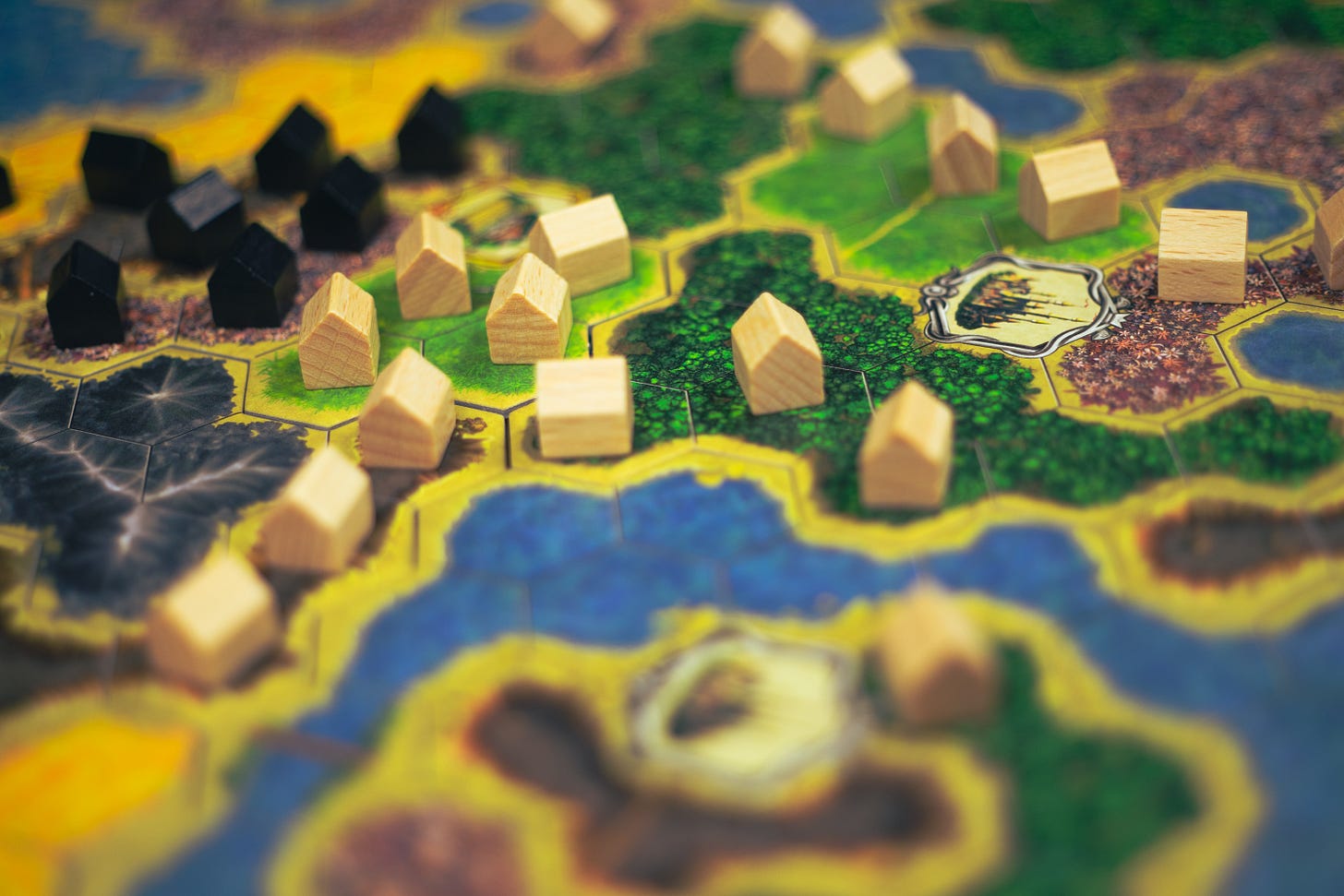

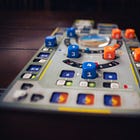
Really interesting historical review! Thank you for taking the time to pull this all together!